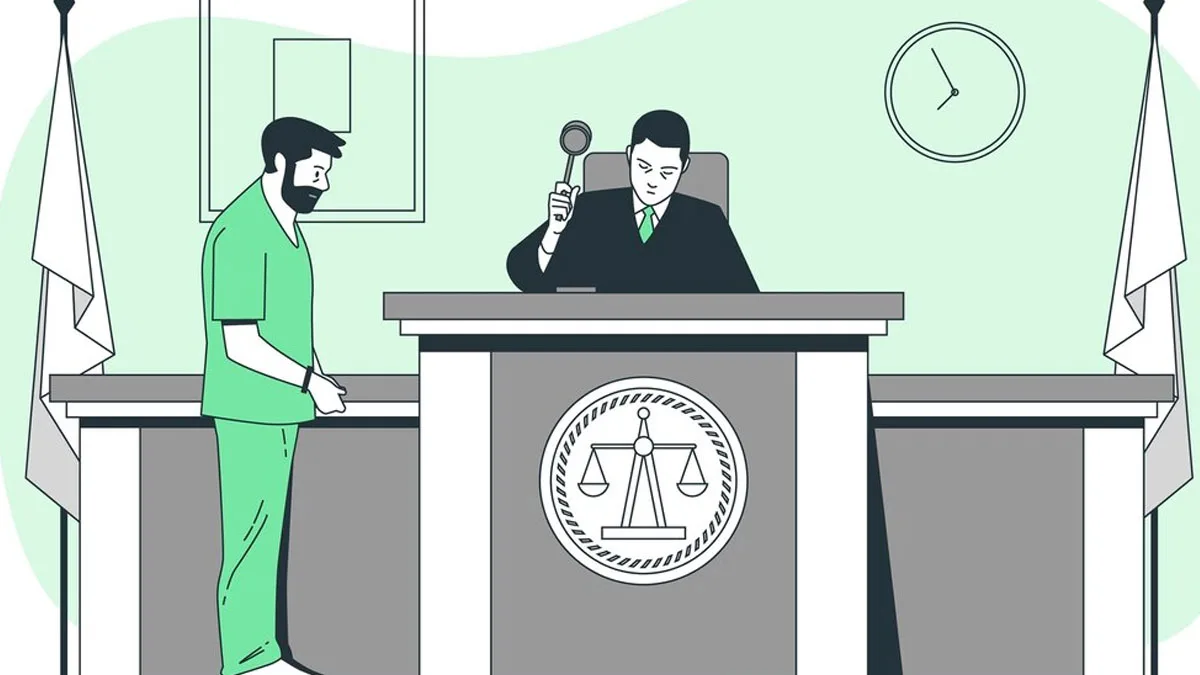The question of whether you can wear a hat in court is more than a matter of personal style; it touches on respect for the judicial system and adherence to courtroom decorum. Courtrooms across the United States have a set of unwritten rules and formal regulations governing dress code, including the wearing of hats. This article explores the general guidelines and exceptions surrounding hat etiquette in U.S. courtrooms.
General Guidelines on Courtroom Attire
Courtroom attire is typically governed by the principle of showing respect to the institution of the court and its proceedings. While specific rules can vary by jurisdiction, there is a common understanding that attire should be conservative and professional.
Courtroom Etiquette Rule: “As a sign of respect, individuals are generally expected to remove their hats upon entering a courtroom, unless an exception applies.”
This rule is rooted in traditional norms of respect and decorum, where removing one’s hat is a sign of deference to the authority and solemnity of the court.
Exceptions to the Rule
While the general rule is to not wear hats in court, there are exceptions based on religious, medical, or cultural reasons:
- Religious Headwear: Courts in the U.S. accommodate individuals who wear head coverings for religious purposes, such as hijabs, yarmulkes, and turbans. This accommodation is in line with the principles of religious freedom and non-discrimination.
- Medical Conditions: Individuals with medical conditions that require the wearing of head coverings or hats may be granted an exception. Documentation or notification to court officials may be required in some cases.
- Cultural Practices: Headwear that is part of traditional cultural attire may also be permitted, recognizing the importance of cultural diversity and inclusion.
Jurisdictional Variations
Specific dress code policies, including those related to wearing hats, can vary significantly from one courtroom to another. Some jurisdictions may have written policies, while others rely on the discretion of the presiding judge.
“In some state courts, the policy regarding hats and head coverings is explicitly stated on notices or signs posted at the entrance or on the court’s website.”
It’s advisable for individuals to research the specific dress code policies of the court they will be attending or to consult with their legal representation.
Consequences of Non-Compliance
Failing to adhere to courtroom dress code policies, including the wearing of hats without an accepted reason, can have consequences. These can range from being asked to remove the hat to being denied entry into the courtroom, or even being held in contempt of court in extreme cases.
Conclusion
The question of whether you can wear a hat in court is largely dependent on the context, including the type of hat, the reason for wearing it, and the specific policies of the courtroom. While the overarching principle is to maintain a respectful and professional appearance, allowances are made for religious, medical, and cultural reasons. Individuals unsure about the appropriateness of their attire are encouraged to seek clarification in advance to avoid any disruptions to court proceedings.
References
- National Center for State Courts: https://www.ncsc.org
- American Bar Association, Guidelines on Courtroom Attire: https://www.americanbar.org









Leave a Reply